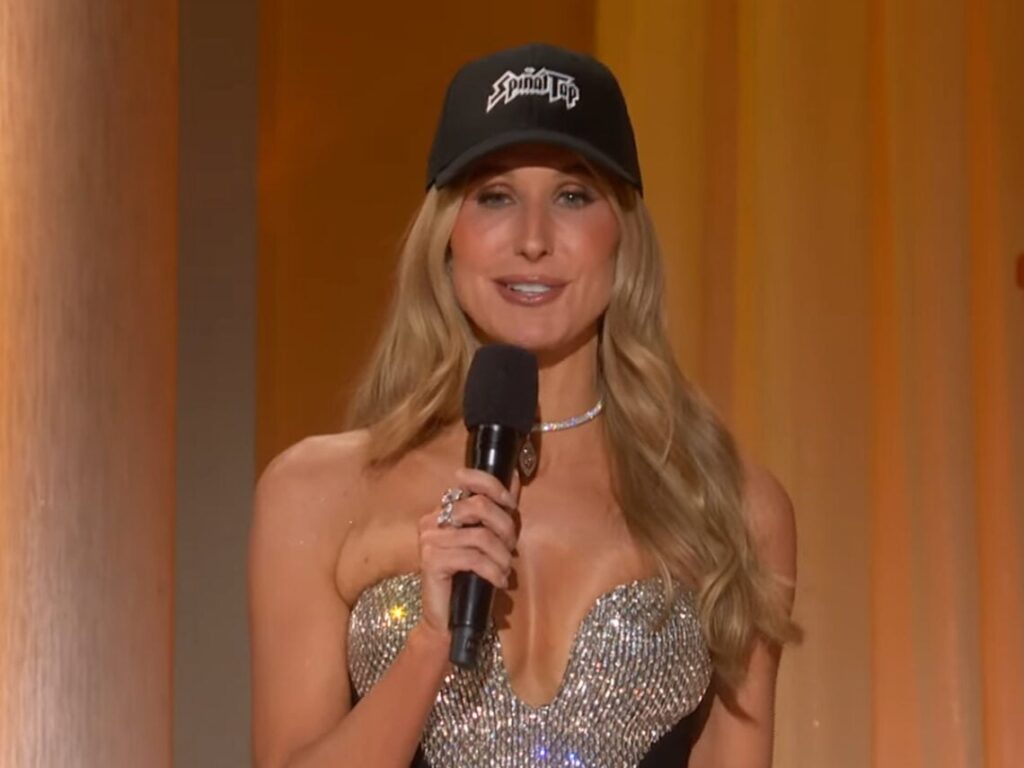How did Robert Zemeckis avoid an R-rating for ‘Forrest Gump’?
 Posted On
Posted On
(Credits: Far Out / Alamy)
Its reputation may have taken a knock or two over the last three decades, but Forrest Gump was a cultural phenomenon during its initial release, where it hoovered up awards and box office dollars like it was nobody’s business. However, it would have earned a lot less money if it had been slapped with an R-rating, which director Robert Zemeckis had to actively fight to avoid.
Tom Hanks’ slow-witted yet kind-hearted protagonist finds himself at the centre of key historical moments throughout the 20th century. With a unique journey through life, love, and history, Forrest lives an incredible existence, all while holding on to his deep love for his childhood friend Jenny. From shining as a college football hero to serving in Vietnam and steering a shrimp boat, Forrest captivates everyone with his innocent and uplifting optimism.
On the surface, it’s a heartwarming story ideal for all ages. However, when the movie was first submitted to the MPAA for approval, it was hit with an R rating, which could have drastically limited its audience. While Zemeckis generally agrees with the ratings system, calling it a “necessary evil”, he drew the line at Forrest Gump being lumped in with more violent, profane, and sensual content.
Zemeckis explained that the rating stemmed from two key scenes: one where Robin Wright’s Jenny snorts a line of cocaine and another where a woman straddles Gary Sinise’s Lieutenant Dan in his wheelchair. According to MPAA guidelines at the time, any onscreen depiction of drug use meant an automatic R-rating, regardless of context.
Zemeckis wasn’t willing to accept this, especially since he believed the scenes weren’t exploitative but rather cautionary. “I didn’t cut anything, but we kept appealing,” he told The Playlist. The argument made was that drug use depicted Jenny’s struggles and eventual downfall, and the film showed the consequences of her choices rather than glorifying them.
The same goes for the scene with Lieutenant Dan, which is about human connection, not exploitation. “So the defence in our case was ‘What about the repercussions?’” Zemeckis continued. “It’s a cautionary thing, not exploitative in any way’. And they finally said, ‘Oh, you’re right.’”
Eventually, Zemeckis won his case. The MPAA agreed with his defence, and Forrest Gump was re-rated to PG-13, allowing it to reach a broader audience. It was a win not only for the film but also for how complex scenes can be treated with nuance, showing that sometimes rules need to account for context and intent, not just content.
Zemeckis’ persistence paid off, and Forrest Gump went on to become one of the most beloved films of its era, proving that sometimes the message behind a scene is just as important as what’s onscreen.
[embedded content]
Related Topics


